
Business
23:23, 22-Aug-2017
Darkness and light: How the US solar eclipse harmed and helped the economy
By CGTN's Yao Nian
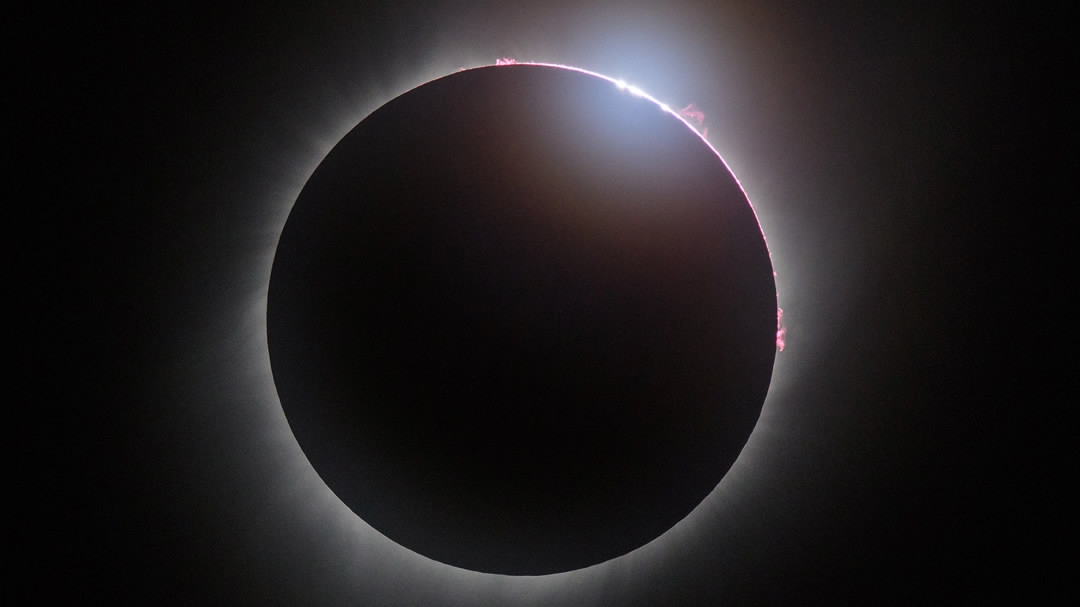
Monday’s solar eclipse, the first to cross the US coast-to-coast in 99 years, attracted millions of travelers who spent on hotels and protective glasses, while it led to an unprecedented plunge in the country's solar power production and thus a slump in solar energy stocks.
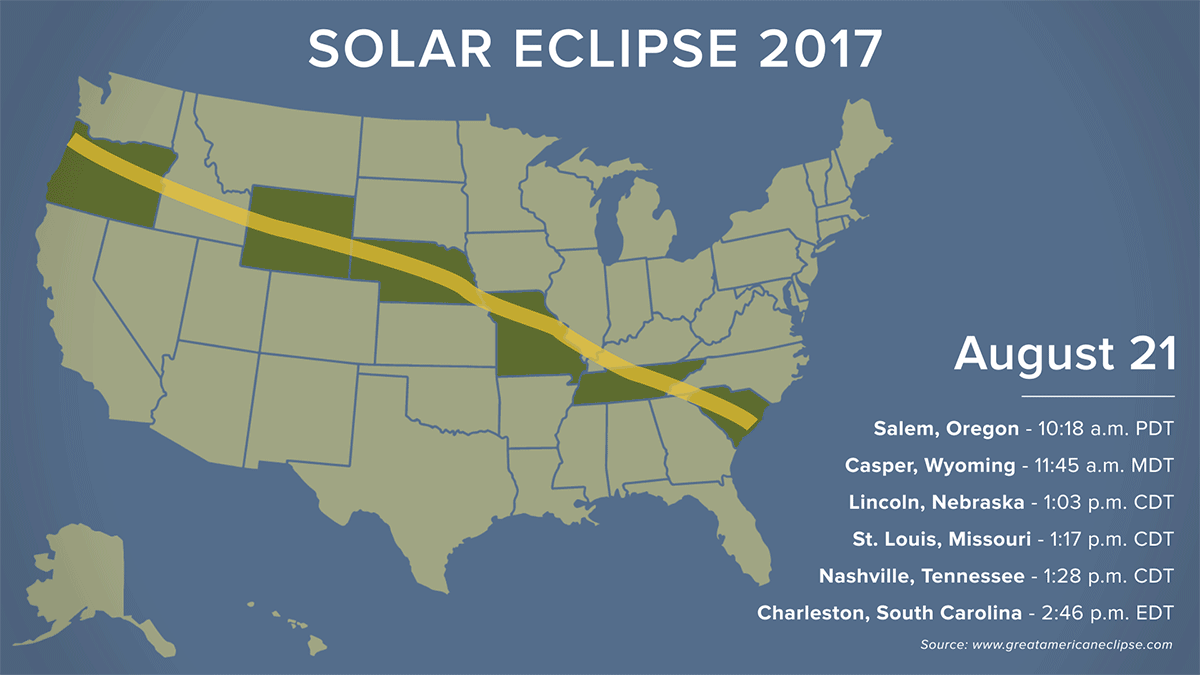
The eclipse spanned the country from Oregon in the Pacific Northwest to South Carolina in the Atlantic Southeast over the course of about 90 minutes. Over 12,000 megawatts of solar power were at risk in the areas obscured as the moon blocked all direct sunlight.
Swing in solar power output
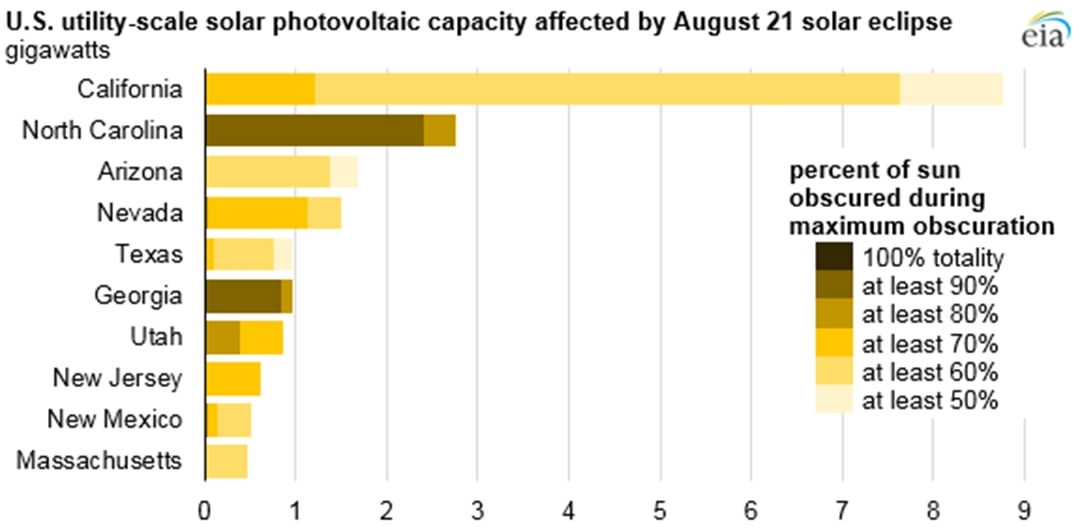
On a sunny day, North Carolina can usually meet the electricity needs of over 600,000 homes with 2,000 megawatts of solar power. But the capacity declined to 110 megawatts on Monday, when 90 percent of sunlight was obscured, according to Charlotte-based power company Duke Energy.
Although California was not in the area most affected by the eclipse, the reduction in daily power production from solar plants and rooftop panels there was equivalent to 20 percent in the entire US capacity, said grid operator California ISO.
A group of 13 eastern states plus US capital Washington DC lost about 2,200 megawatts with demand declining by 5,000 megawatts, according to PJM Interconnection.
The grid operators may be wise to prepare for the next eclipse in 2024 by bolstering other energy sources to cover for the losses.
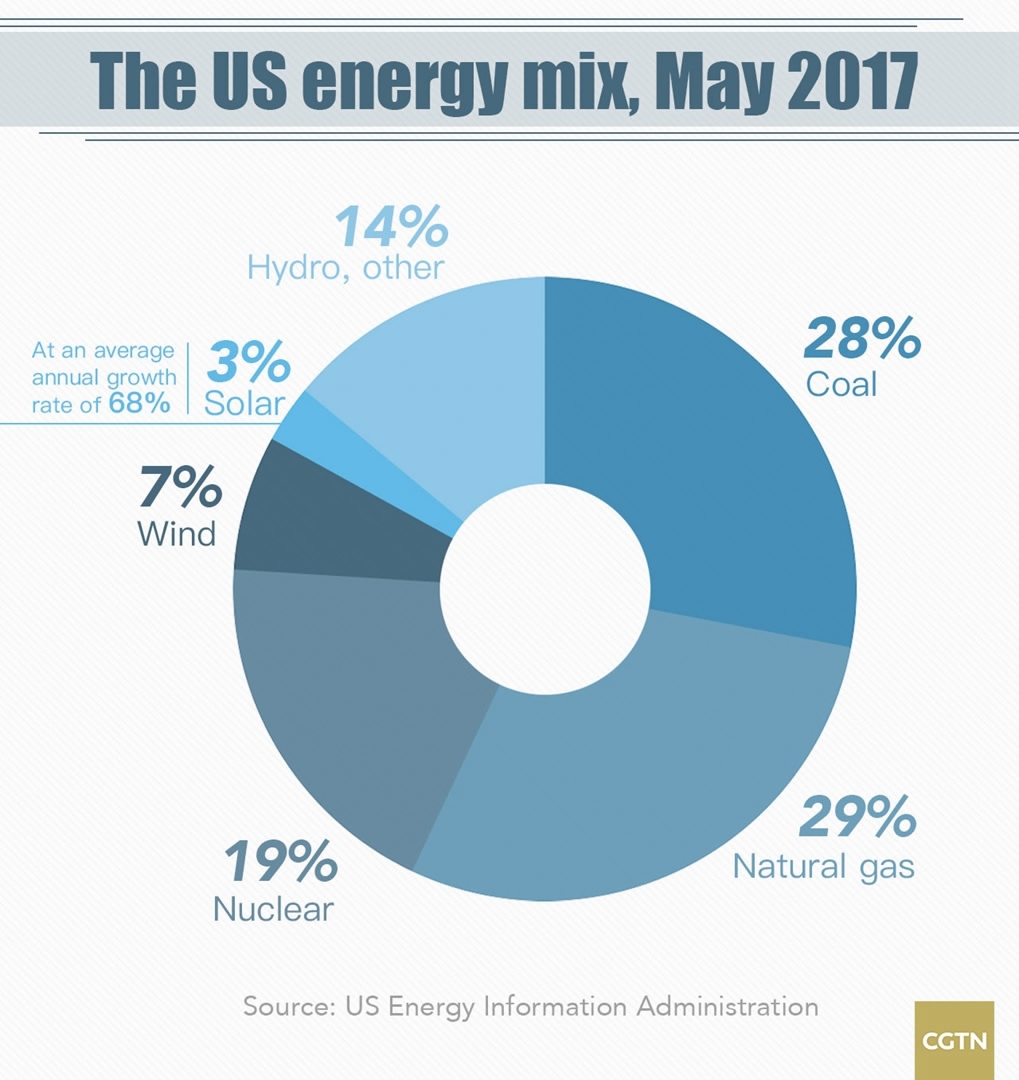
Solar energy stocks slump
Analysis by Chinese business website wallstreet.cn put the country’s reduction in solar capacity at 75 percent to 90 percent during the eclipse. This gloom caused a slide in solar energy stocks.
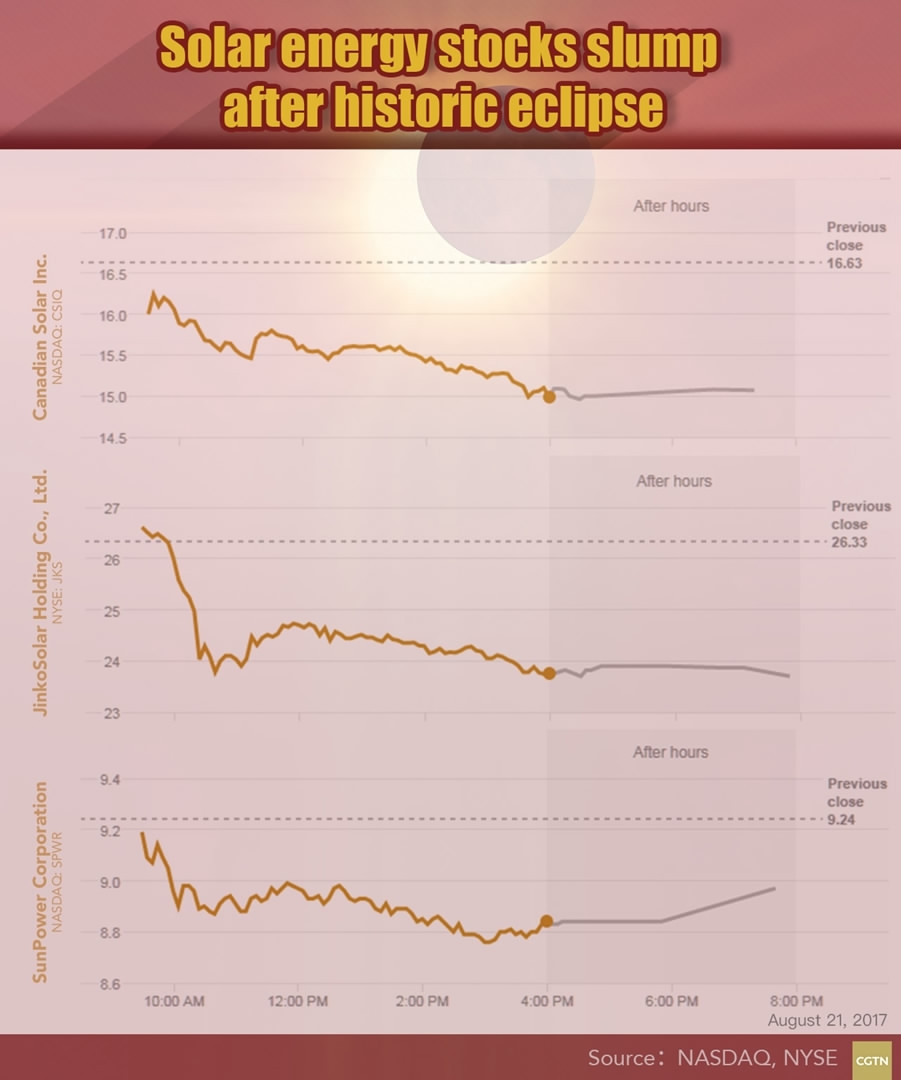
There is a tongue-in-cheek theory in the United States that historic stock market declines correspond to total solar eclipses in the country. Three major stock indices – the NASDAQ Composite, Dow Jones Industrial Average, and S&P 500 – all fell significantly last week. Coincidence or celestial cause and effect?
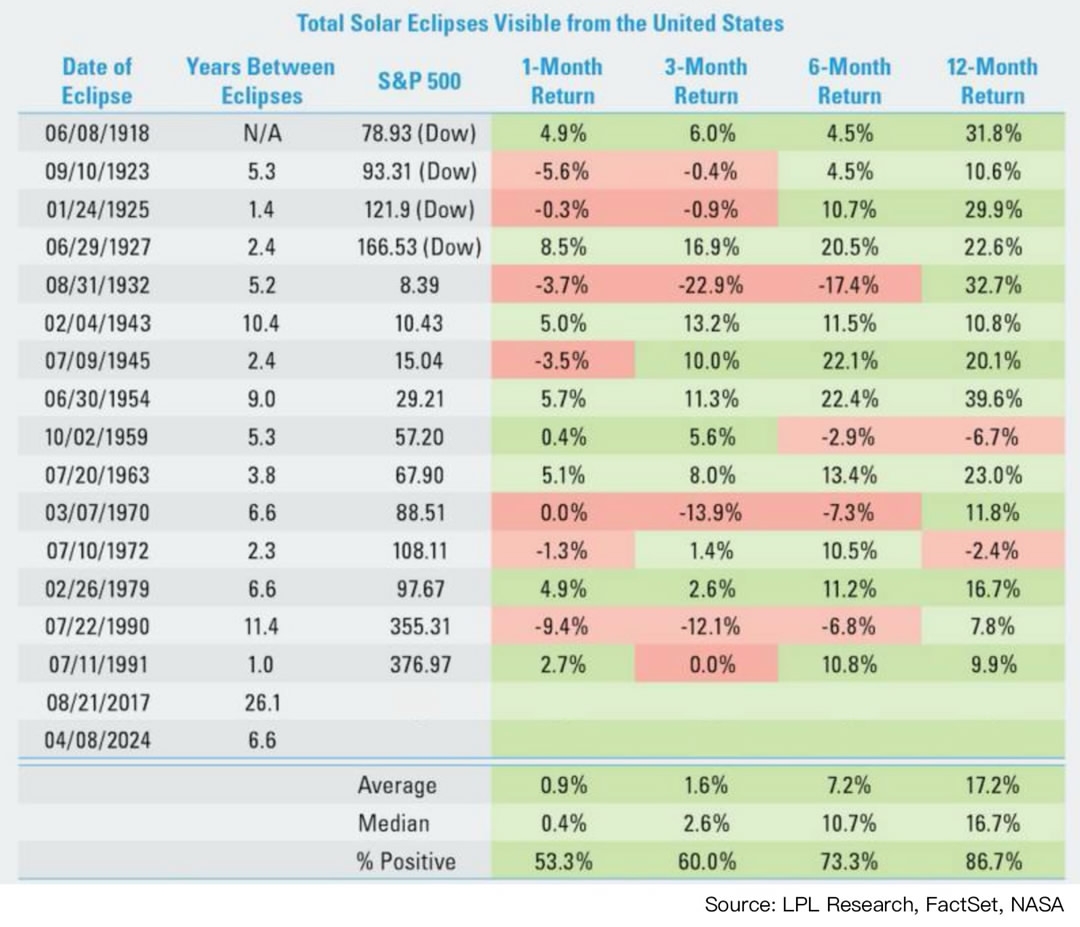
Tourism and glasses boom
Based on employees leaving their posts for an average of about 20 minutes to watch the eclipse, US employers would have lost about 700 million US dollars on Monday, according to career services firm Challenger, Gray & Christmas.
However, there were highs for the economy as well as lows.
About 12 million people live in the totality span, and 200 million people live within a day's drive of the span. It was predicted that up to seven million of them would make the trek and see the eclipse.
In South Carolina, over 16,000 hotel rooms in Charleston County were booked, tourism officials said. A 120-square-meter apartment with three bedrooms and two bathrooms was rented for 4,500 US dollars for one night in Salem, Oregon, revealed Airbnb.

People watch the solar eclipse during a minor league baseball game at Spirit Communications Park, August 21, 2017 in Columbia, South Carolina. /VCG Photo
People watch the solar eclipse during a minor league baseball game at Spirit Communications Park, August 21, 2017 in Columbia, South Carolina. /VCG Photo
NASA-approved brand American Paper Optics announced a production target of 100 million pairs of glasses necessary to protect observers' eyes – and tripled their usual price. The glasses were sold in bundles of 25 pairs, pricing at 100 US dollars per bundle.
Transportation costs rose as well. The average price for unleaded gasoline was 2.65 US dollars per gallon in Idaho, with a year-on-year increase of 8 percent. The price for eclipse parking in Depoe Bay, Oregon reached 100 US dollars per day.

SITEMAP
Copyright © 2018 CGTN. Beijing ICP prepared NO.16065310-3
Copyright © 2018 CGTN. Beijing ICP prepared NO.16065310-3